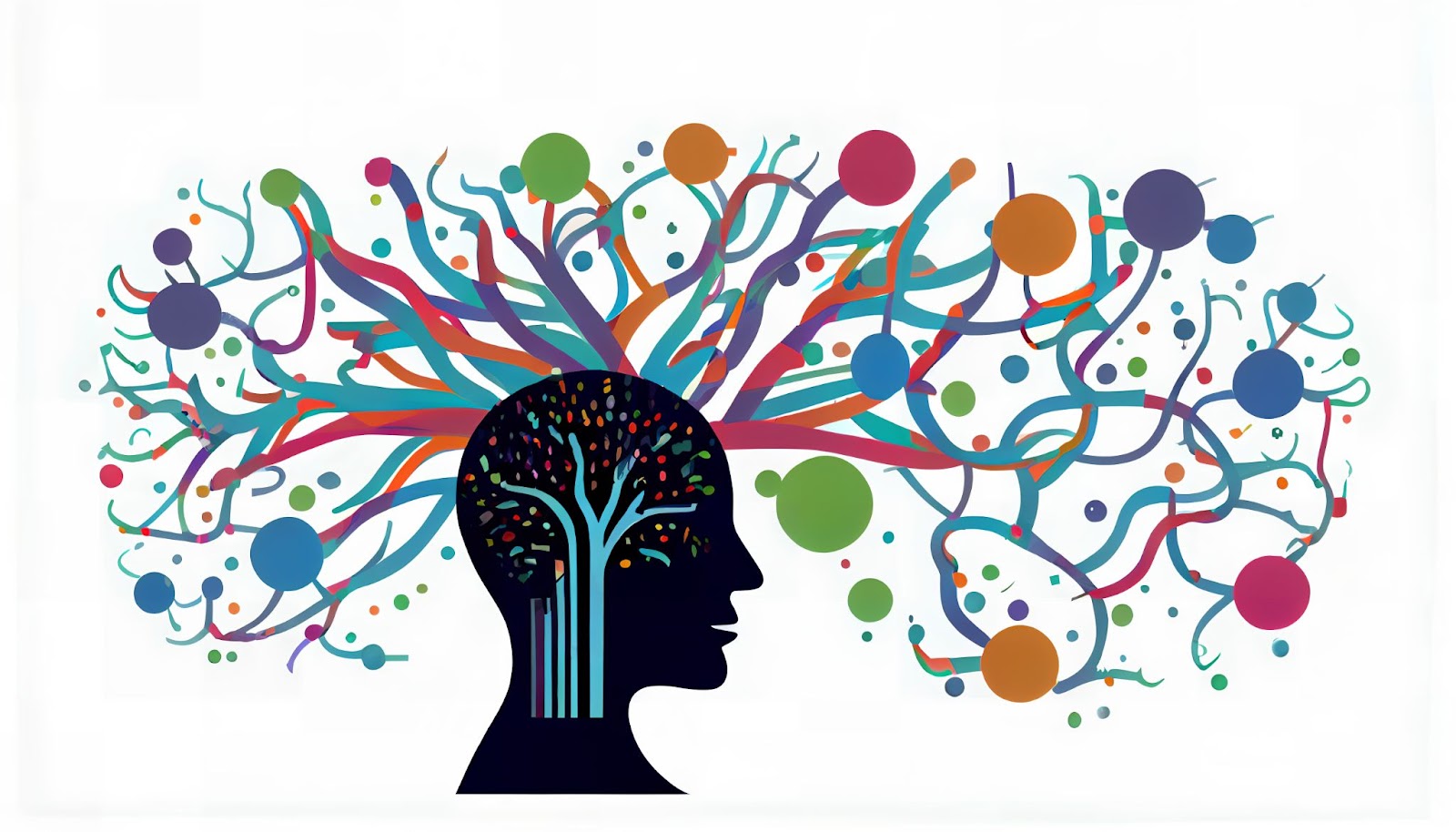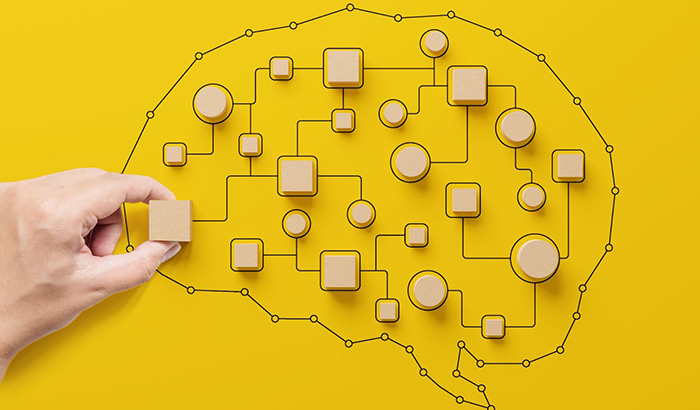Brain mapping is an amazing tool that’s completely changing the game when it comes to understanding mental health disorders. It lets us see what’s going on inside the brain, giving researchers and clinicians a real-time view of its complexities. This technology is powerful for digging into the roots of various psychological conditions.
In this blog, we’ll explore how brain mapping broadens our understanding, making diagnoses more precise and treatments more personalized. It’s all about uncovering what’s hidden beneath the symptoms and advancing treatments tailored to individual needs.
From shining a light on the intricate mechanisms driving these disorders to leading the charge in developing targeted therapies, brain mapping is at the forefront of ushering in a new era in mental health care. Stick with me as we unpack the critical role this incredible technology plays in revolutionizing psychiatry and neurology.
What is brain mapping?
“What is brain mapping?” you may ask. Well, it’s the process of comprehensively studying the structure and function of the brain, allowing us to better grasp how it influences our thoughts, emotions, and behaviors.
By examining the brains of individuals with mental health disorders using brain mapping techniques, we can uncover valuable insights that pave the way for more effective treatment strategies.
There are several different kinds of brain mapping techniques. Let’s take a closer look.
Magnetic Resonance Imaging (MRI)
MRI is a widely used brain mapping technique that utilizes powerful magnets and radio waves to produce detailed images of the brain’s structure. With MRI, we’re able to visualize the various brain regions and identify any abnormalities or structural differences associated with mental health disorders.
By examining these structural variations, we correlate them with the symptoms and severity of different conditions, helping us tailor treatments to individual needs.
Positron Emission Tomography (PET)
PET scanning allows us to investigate the brain’s activity levels by injecting a radiotracer into the bloodstream. This radiotracer emits positrons, which the scanner detects and converts into images of brain function.
PET scans help identify areas of abnormal neuronal activity in mental health disorders. By pinpointing these regions, we gain a better understanding of how they contribute to specific symptoms and can develop targeted treatments accordingly.
Functional MRI (fMRI)
Next, we have fMRI, a technique that measures blood flow and oxygen levels in different brain areas, providing insights into brain activity. By comparing brain images taken during different cognitive tasks or emotional experiences, fMRI helps us understand how the brain’s functional networks contribute to mental health disorders.
This technique also allows us to examine how treatments and interventions affect brain function over time, aiding in developing more effective therapies.
Quantitative Electroencephalography (QEEG)
Now, let’s discuss the star of our discussion: QEEG. Using an EEG machine, this technique records your brain’s electrical activity by placing small sensors on the scalp. The data is then analyzed to identify patterns, frequencies, and deviations associated with mental health disorders.
QEEG provides valuable information about the brain’s functional connectivity and communication, giving us a unique perspective on how these disorders manifest.
What makes QEEG particularly exciting is its potential for individualized treatment. By examining the QEEG data of individuals with mental health disorders, we can identify specific brainwave patterns or imbalances that may contribute to their symptoms.
This enables us to develop personalized treatment plans, such as neurofeedback, which directly target these abnormal patterns and encourage healthier brain function.

How brain mapping helps us understand pathophysiology
Brain mapping is revolutionizing our understanding of mental health conditions. By looking at brain activity and connections, we’re starting to unravel the mysteries of how different disorders function at a neural level. This helps us see the complex networks involved in these conditions.
Let’s talk about depression, for example. With brain imaging, we’ve found that folks with depression often show unusual patterns in the prefrontal cortex, hippocampus, and amygdala — areas crucial for managing emotions, motivation, and memories. This helps us understand why symptoms like mood swings and memory issues arise in depression.
Then there’s something like schizophrenia. Imaging techniques like diffusion tensor imaging (DTI) have shown us how the white matter pathways, which help different brain areas communicate, are disrupted. These insights are crucial for grasping the underlying problems causing such a complex disorder.
One of the coolest parts of brain mapping is how it’s helping us find biomarkers for mental health issues. Biomarkers are measurable signs that indicate the presence of a disease, track its progress, or predict how well a treatment might work.
Although finding reliable biomarkers for mental health has been challenging, brain imaging is opening new doors here. We’re beginning to identify specific brain activity patterns that could help with early detection, choosing the right treatment, and monitoring how well that treatment is working.
For instance, research shows that cognitive-behavioral therapy (CBT) for anxiety can change how the amygdala and prefrontal cortex work, which we can see on brain scans, proving that the therapy is making a difference.
However, as exciting as brain mapping is, it’s not without its challenges. The technology is still evolving, and interpreting these brain images needs a careful, nuanced approach. We must remember that these images are only part of the story — they capture a moment in time and need to be considered alongside clinical assessments and observations.
Plus, mental health disorders are complex. It’s unlikely that brain mapping on its own will ever give us all the answers. Our understanding will keep growing as we integrate findings from genetics, neurobiology, and psychology.
So, while brain mapping is a powerful tool, it’s only one piece of the puzzle in understanding and treating mental health disorders.

Different disorders brain mapping helps with
Depression
You know how some days feel like you’re not in gear? Well, with depression, brain mapping has shown that this might be due to lower activity in the frontal lobes, the area that helps us manage emotions and make decisions.
Also, the amygdala, which handles emotional reactions, tends to be on overdrive. Understanding this helps tailor treatments like TMS to target these specific areas, making them more effective.
Anxiety
For those dealing with anxiety, it’s like their fear center, the amygdala, is always turned up to eleven. Brain mapping shows us this overactivity clearly, which is super useful. By pinpointing these hot spots, treatments can be designed to specifically calm these areas down, helping to alleviate those intense anxiety symptoms.
Bipolar Disorder
In bipolar disorder, brain mapping reveals a kind of activity rollercoaster in the brain that aligns with mood swings — from highs during manic episodes to lows in depressive states. This insight is crucial for developing treatments that aim to even out those extreme ups and downs.
Autism
With autism, brain mapping often shows us that there’s a different pattern in how brain regions connect and communicate, especially those that affect social skills. This is key for creating early interventions that can help improve social interactions and other related skills.
OCD (Obsessive-Compulsive Disorder)
For OCD, the brain’s habit loop, particularly in the orbitofrontal cortex, tends to be in overdrive. Mapping this out lets us target these areas with specific therapies like CBT or TMS to help break those compulsive routines effectively.
Panic Disorders
In panic disorders, it’s like the brain’s alarm system (again, the amygdala) is too sensitive, firing off panic when it doesn’t need to. Brain mapping helps us see this overactivity, guiding strategies to turn down the alarm system and reduce the severity and frequency of panic attacks.
Postpartum Depression
Postpartum depression will show up in brain maps as changes in areas tied to mood, empathy, and bonding. This insight guides us in helping new moms adjust better, managing symptoms that could affect their connection with their baby.
Insomnia
For insomnia, brain mapping might show us quirks in the parts of the brain that control sleep cycles. With this info, we can tailor interventions that specifically target these disturbances, hopefully leading to better sleep.
Brain mapping is like giving us a roadmap to the complexities of the brain involved in these conditions. It allows for more personalized and effective treatments. It’s fascinating stuff!

The future of brain mapping
Let’s chat about the really cool future of brain mapping. While we’ve come a long way with technologies like MRI, there’s still a ton of room to grow and refine these tools.
Researchers are constantly pushing the envelope, working to capture the brain’s activity in real-time, with sharper resolution and more precision. This could massively deepen our understanding of how the brain works and allow us to spot exactly where things go wrong in mental health disorders.
Imagine a future where doctors watch your brain’s activity unfold in real time, almost like streaming a movie! This could completely transform how we diagnose and treat mental health issues. We could zoom in on specific brain regions tied to disorders, making our treatments more personalized and spot-on.
Take anxiety or depression, for instance. With advanced imaging, we might be able to pinpoint the exact neural circuits involved and tailor treatments directly to those circuits based on your unique brain activity. This kind of precision could make treatments way more effective and cut down on the usual trial-and-error that goes with managing mental health conditions.
There’s also something exciting brewing at the intersection of genetics and brain mapping. As we better understand the human genome, we’re opening doors to new mental health explorations.
By merging genetic data with brain imaging, researchers could start to spot genetic markers that match up with specific brain irregularities. This blend of genetics and brain mapping could lead us to incredible breakthroughs, giving us clearer insights into how genetic variations influence mental health and paving the way for truly personalized treatment plans.
It’s an exciting time, and these advancements could be game-changers in our field!
Developing targeted therapies
The future of brain mapping holds promise for the development of targeted therapies. Currently, medications for mental health disorders often have a general effect on the brain, impacting various regions and neurotransmitter systems.
However, with the advancements in brain mapping, we envision more precise treatments that target specific dysfunctional brain circuits. This could reduce side effects and significantly improve symptom management — it’s like hitting the bullseye instead of shooting in the dark!
As we explore brain mapping further, addressing the ethical concerns associated with this emerging field is crucial. Privacy and informed consent are paramount when gathering intimate and sensitive data about an individual’s brain.
Striking a balance between advancing medical knowledge and respecting an individual’s autonomy and privacy will be a critical challenge as brain mapping research progresses.
Brain mapping at Brain Health Center
If you’re intrigued by brain mapping’s potential and its role in understanding and treating mental health disorders, consider experiencing this cutting-edge technology firsthand at Brain Health Center.
We’re excited to offer QEEG, a specialized form of brain mapping, absolutely free as a preliminary step before beginning TMS therapy. This unique opportunity allows you to see the direct benefits of advanced diagnostics in developing personalized treatment plans.
Don’t miss your chance to leverage these revolutionary tools in your journey toward better mental health. Contact Brain Health Center today to schedule your free QEEG session and discover how targeted TMS therapy makes a difference in your life.
Take the first step toward a deeper understanding of your brain’s function and unlock new possibilities for treatment.

